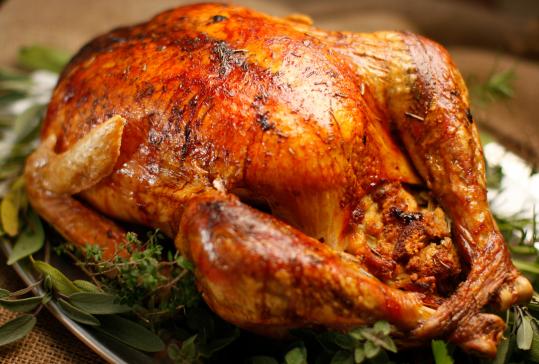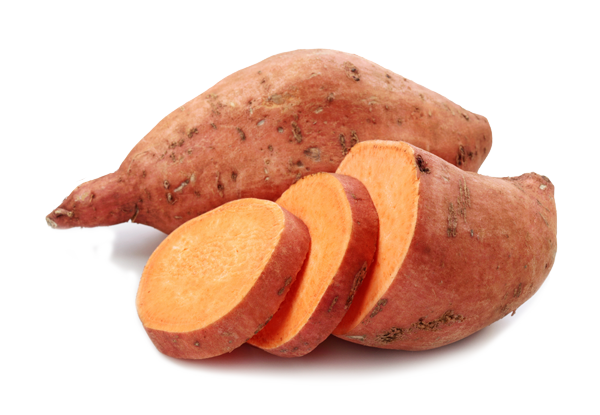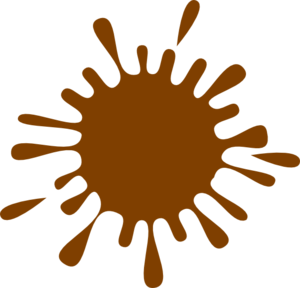1) Thanksgiving glossary
King James I : An unpopular Catholic King who was a Catholic and was against the Protestants. He made the Puritans leave England.
Puritans : Group of people who believed in God, but they were against Catholics and against King James I. They became pilgrims and they got aboard a ship : the Mayflower and arrived in the city of Plymouth where they decided to establish the colony of New England. They became friends with the Indians there and prepared food for them because they had taught them to survive.
Mayflower : Name of the ship where the Puritans got on when they decided to leave England and go to New York. A lot of people died in the ship because of the illnesses.
Plymouth : The city in Massachusetts where the Puritans arrived.
New England : The name of the colony that the Puritans established in Plymouth.
Indians / native Americans : The original inhabitants of America (and Plymouth). They taught Puritans to survive.
Squanto : The leader of the Indians.
2) Thanksgiving food
Roast turkey Stuffing
Turducken (turkey + duck+ Pumpkin pie
chicken)
Green bean casserole Sweet potato
Corn pudding Cranberry sauce
Turkey cookies
Black Friday : It is the day after Thanksgiving when stores and shops offer such incredible knock-downs that some people are willing to sleep on the street the previous day or fight to get the most discounted television
3) Thanksgiving videos
Here you have some videos that will help you understand Thanksgiving traditions
Here you can see Obama pardoning the life of his last turkey as president.
To conclude this lengthy post, I would like to share with you a hilarious video in which children say why they are thankful for. You can't miss it. Well, Thanksgiving is over, so the Christmas season is officially open.
See you soon:





















